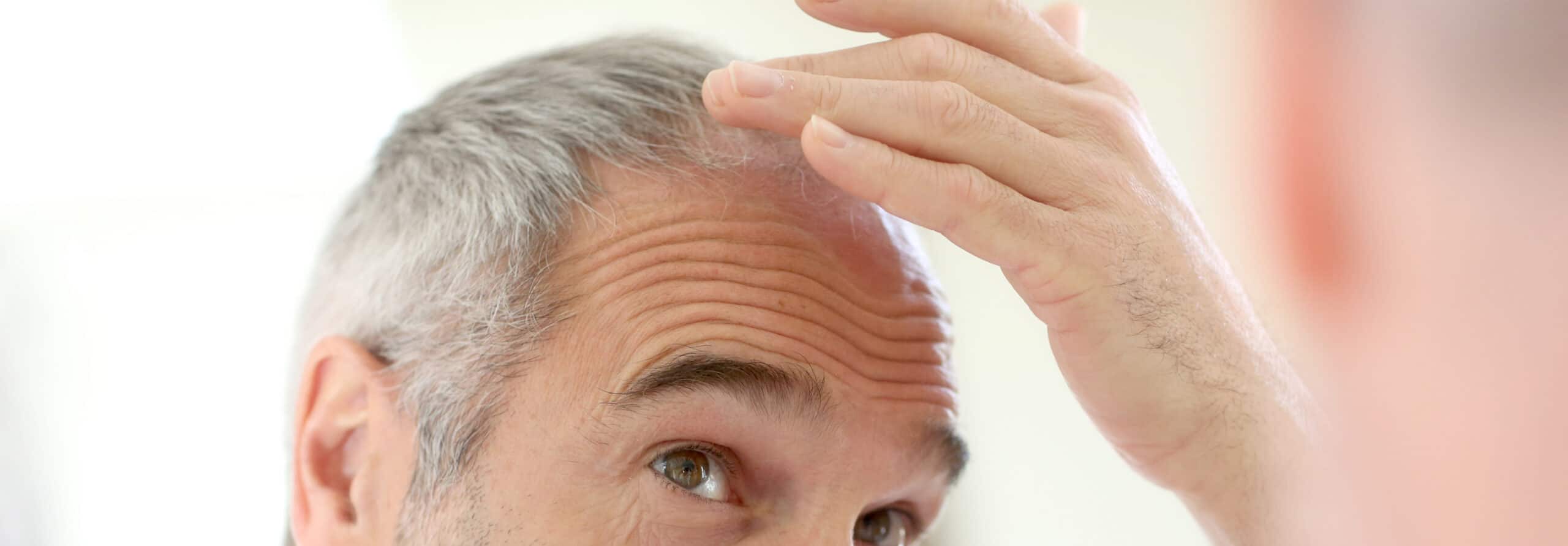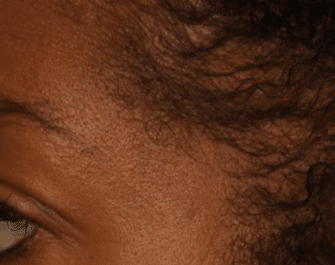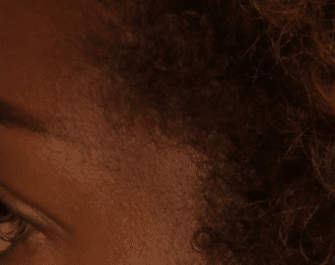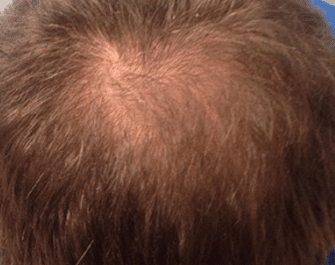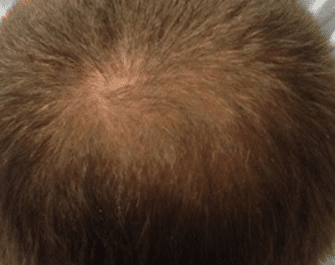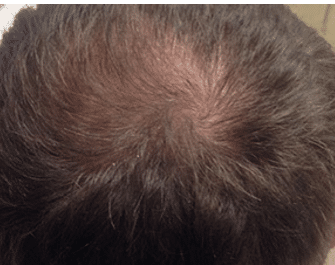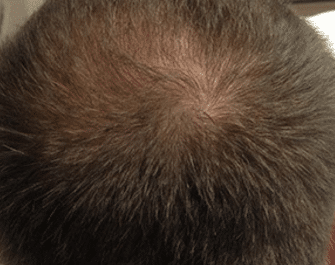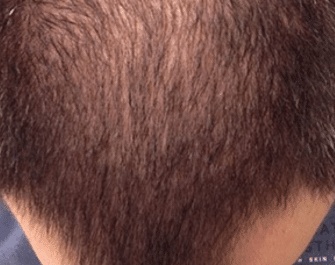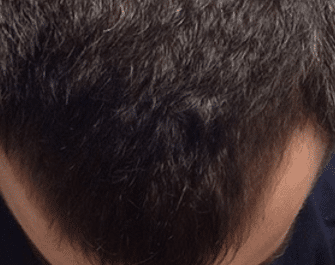Hair Loss
While daily shedding of hair is normal, if you notice increased hair shedding, your hair becoming thinner or bald patches developing, you should be evaluated for one of the many hair loss conditions. With so many causes and a multitude of treatment options, it is important to make an appointment with your dermatologist to see what treatments are best for you.
What is Alopecia (Hair Loss)?
Alopecia, commonly referred to as hair loss, is shedding of hair from the head that far exceeds the normal shedding humans experience on a regular basis. On average, people lose about 50 to 100 hairs from their head each day; hair loss in excess of this may indicate the presence of a condition. In some cases, hair loss can affect the entire body. It can be a temporary condition or it can be permanent. While hair loss on the head is most common in men, it can be found in any individual.
Other Types of Hair Loss
- Androgenetic alopecia: Thinning of the hair at the crown of the scalp primarily in men, but women can also be affected.
- Alopecia areata: Characterized by distinct circular patches of hair loss, which can affect men and women of all ages.
- Telogen effluvium: Intense and diffuse shedding of the hair
- Tinea capitis: A fungal infection of the scalp that appears as a circular patch of hair loss with scaling on the scalp.
- Scarring hair loss: Different conditions can contribute to inflammation, scarring and sometimes permanent hair loss.
Signs and Symptoms of Hair Loss
Hair loss can come in many different forms. One common way hair loss presents is in excessive shedding of hairs from the head. This may appear as thinning in the hair at the top of the head or in a receding hairline. Patients may also experience patches of baldness around the head, as well.
What Causes Hair Loss?
There are a number of factors that could contribute to hair loss. If the condition persists or worsens, it is important to meet with a physician to find the underlying cause. Below are six common causes of hair loss.
- Hereditary factors: One of the most common causes of hair loss is a hereditary condition associated with aging known as androgenic alopecia. While most common in men, it can occur in women.
- Medical, radiation, and chemotherapy treatments: Hair loss can also be caused by medical treatments such as radiation treatment or chemotherapy.
- Hormonal conditions: Hormonal fluctuations or chronic hormone conditions can often lead to some hair loss.
- Vitamin D deficiency and other immunity conditions: Vitamin D deficiency or immune conditions such as alopecia can be a common cause of hair loss.
- How you wear your hair: In individuals who keep their hair tightly braided so that it pulls consistently in one direction, the hair may fade back in the direction of the pulling creating a condition known as traction alopecia.
- Stress or major life events: Stressful events, hospitalizations, recent illness or delivery, and even new medications can all lead to hair loss.

